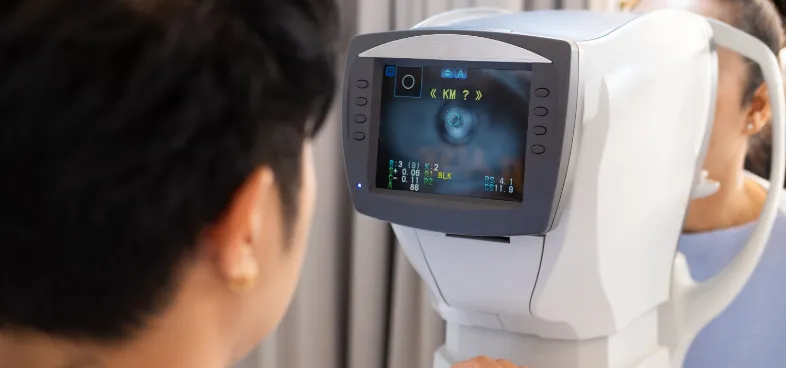
Overview
Childhood blindness and visual loss are always of major concern because of the impact on the child’s development, education, future work opportunities & quality of life. According to WHO 2002 report, childhood blindness is a significant problem with 1.4 million blind children below 15 years of age. Therefore a good vision is an integral part of the overall development of the child. Eye diseases in children are unique and require special expertise for diagnosis and management.
We at the Lotus Eye Hospital and Institute hospital have a full-fledged team of Doctors, Orthoptist, and Optometrists at the Department Of Paediatric Ophthalmology and Adult Strabismus equipped with the latest equipment required for diagnosis and management of Paediatric Eye disease.
Visual problems
Common Problems
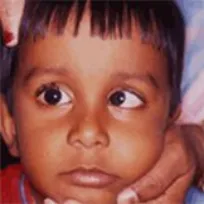
Refractive error
Refractive errors or the need for glasses is the most important cause of vision impairment in children. This may lead to permanent deficiency in the refractive error if not detected and treated in time.

Squint
Squint, also known as cross-eyes, is the condition where the eyes do not work together. This condition is to be treated at the earliest (ideally before the age of 2). Treatment includes glasses, eye exercises, or eye muscle surgery.
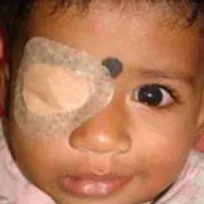
Amblyopia or Lazy eye
Amblyopia or Lazy eye is the term for poor vision in one or both eyes. It can result from refractive error, squint or other causes. This needs to be identified and treated at an early age to recover vision.
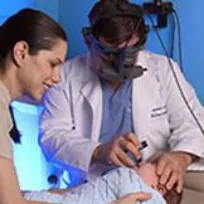
Retinopathy of Prematurity (ROP)
Infants born prematurely (not reaching full-term) with or without low birth weight or short-for-date babies (SFD) are at high risk of developing Retinopathy of Prematurity (ROP) which may lead to permanent blindness. These babies require frequent screening, examination, and treatment which can prevent future complications.
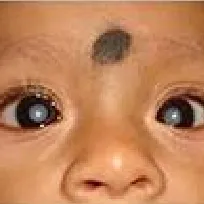
Low Vision
The WHO working definition of Low Vision (WHO, 1992) is as follows:
A person with low vision is one who has impairment of visual functioning even after treatment, and or standard refractive correction, and has a visual acuity of less than 6/18 to light perception or a visual field of fewer than 10 degrees from the point of fixation, but who uses, or is potentially able to use, vision for the planning and/or execution of a task.
Globally, in 2002 more than 161 million people were visually impaired, of whom 124 million people had low vision and 37 million were blind. Worldwide for each blind person, an average of 3.4 people have low vision, with country and regional variations ranging from 2.4 to 5.5.

Cataract
Cataracts (pacification of the lens) can also occur in children. This might present at birth or develop later in life. Trauma in childhood can also cause Cataracts. The earliest surgery with IOL implantation can give full vision to the child.
Diagnosis
Paediatric & Squint Diagnosis
Lotus Eye Hospital and Institute Hospital is well equipped with latest diagnostic modalities.
Facilities
Facilities available at the department of Pediatric Ophthalmology
Start your journey to see the world better with the experts in eye care